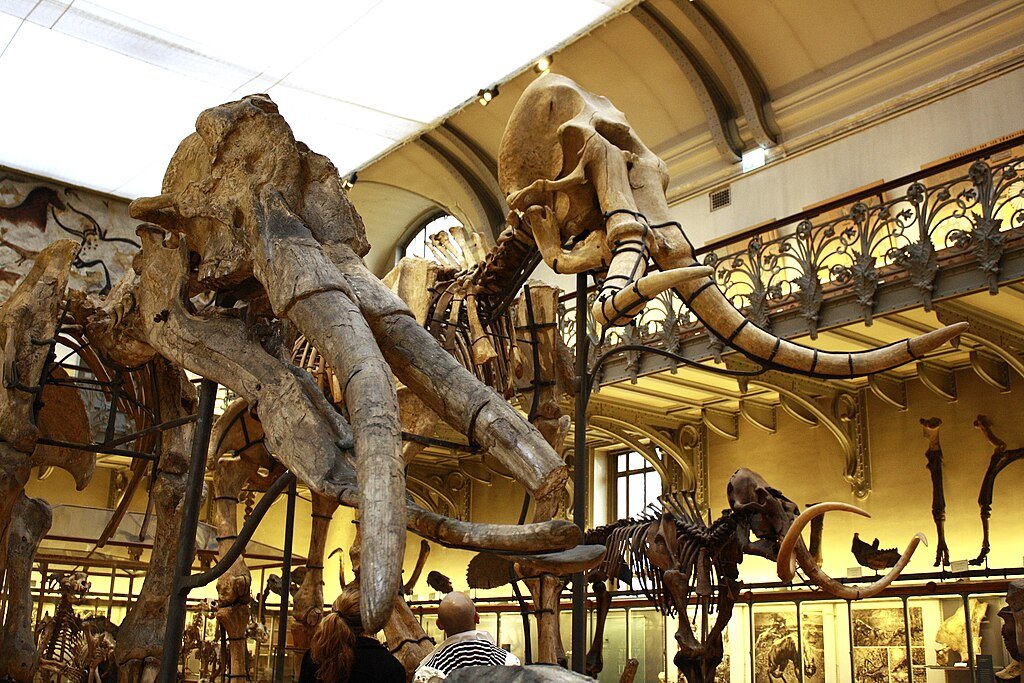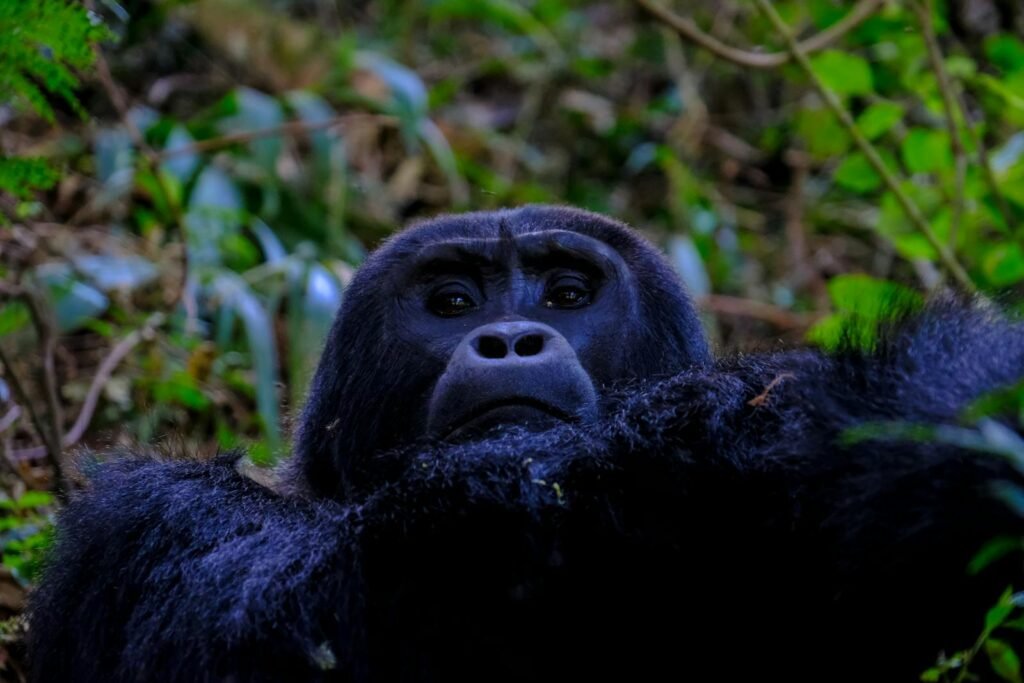Throughout Earth’s history, countless species have come and gone, leaving only fossils and traces of their existence. While extinction may seem like a tragic end, it’s also a source of invaluable knowledge. These lost species offer profound insights into the evolving story of life on Earth and the art of adaptation and survival. In this article, we will explore what extinct species can teach us about resilience, evolution, and the environment, and how these lessons are more relevant than ever in our rapidly changing world.
Understanding Extinction: A Natural and Ongoing Process
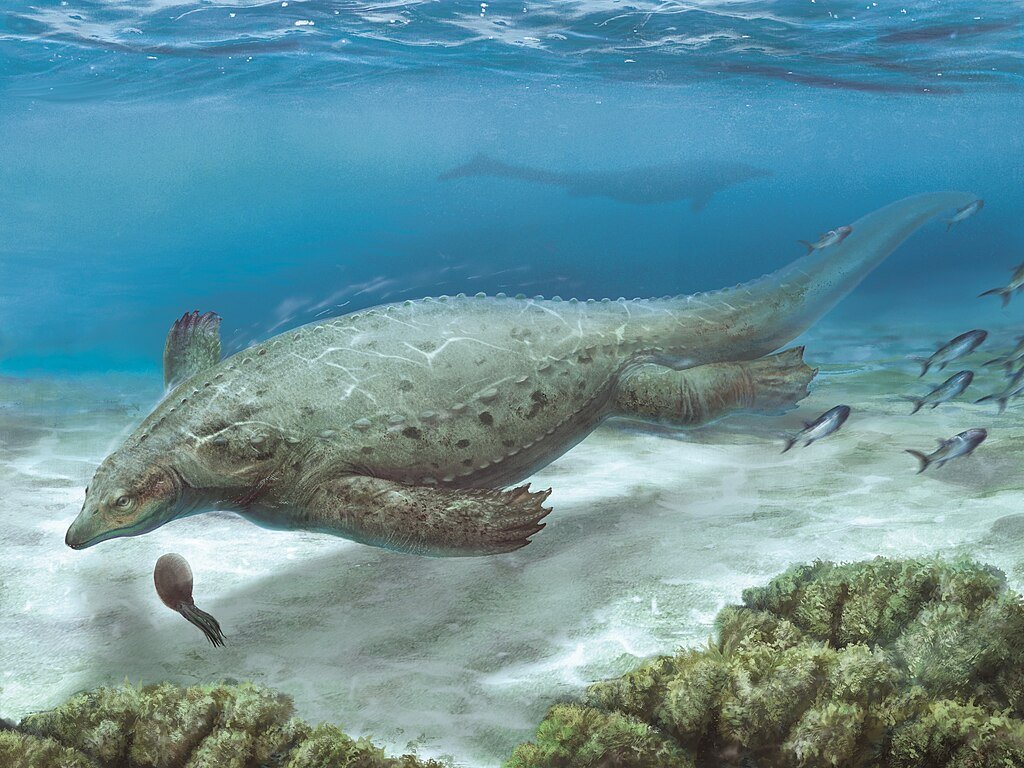
Extinction is a natural part of evolution, and it has been occurring since life began on Earth. Species become extinct due to a variety of factors, including environmental changes, loss of habitat, and competition for resources. While mass extinctions often capture attention, it’s important to recognize that extinction is a continuous process through which new life forms adapt and thrive.
The Resilience of Life
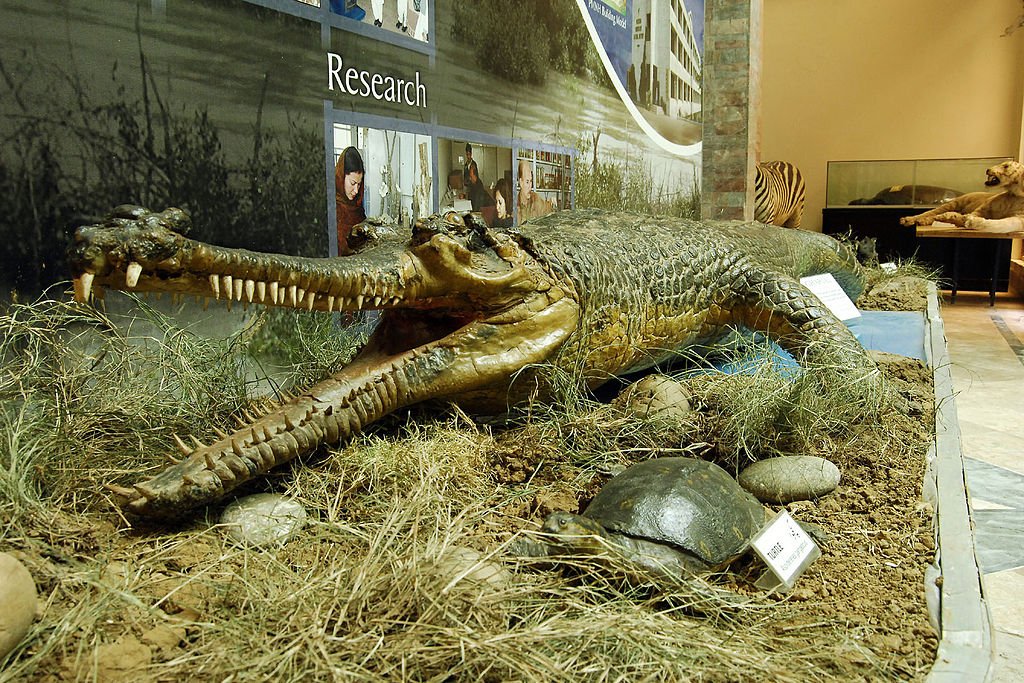
Despite the seemingly grim nature of extinction, it showcases life’s remarkable ability to rebound and adapt. The evolutionary history reveals that after every mass extinction, life has not only recovered but diversified dramatically. This inherent resilience is a testament to nature’s capacity for renewal and adaptation.
Case Study: The Dinosaurs and Their Legacy

The extinction of the dinosaurs around 66 million years ago is perhaps the most well-known example. While the catastrophic event wiped out about 75% of Earth’s species, it paved the way for mammals to rise and thrive. This shift underscores how extinction events can lead to new opportunities for adaptation and evolution.
Lessons from the Dodo: The Importance of Habitat Preservation
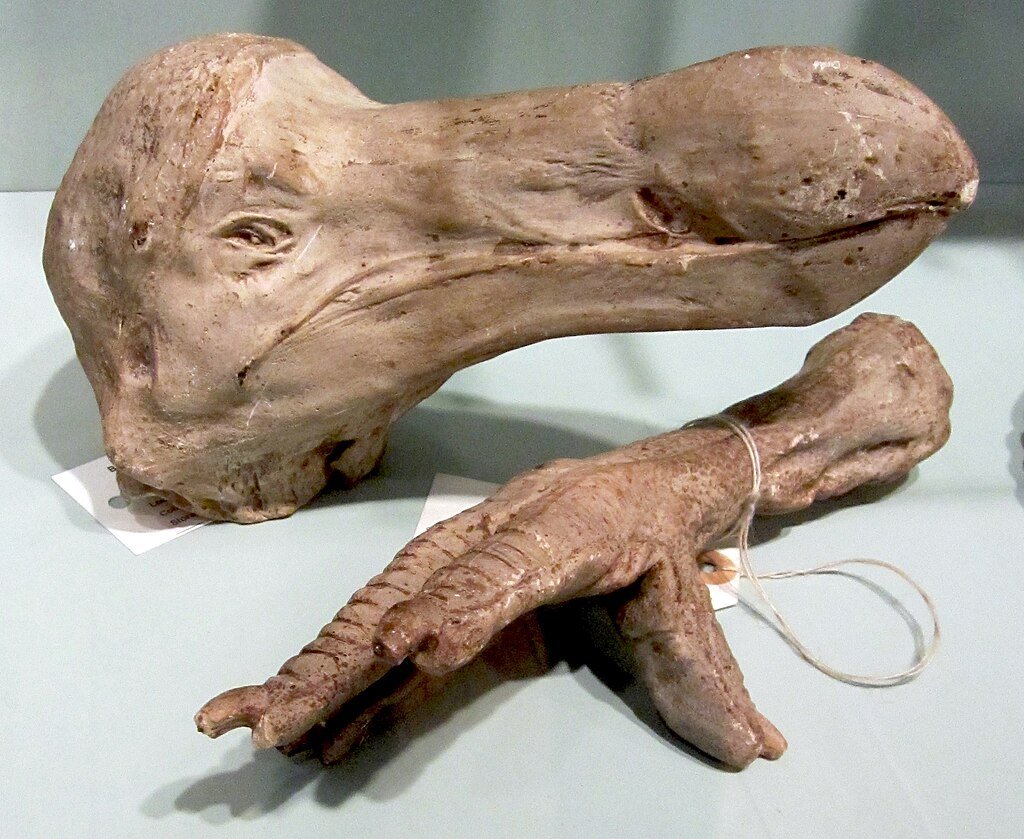
The story of the dodo, a flightless bird from Mauritius, highlights the vulnerabilities of species with limited ranges. The dodo’s extinction in the 17th century due to human exploitation and introduced species emphasizes the critical need for preserving habitats to maintain biodiversity.
The Passenger Pigeon: The Danger of Human Impact
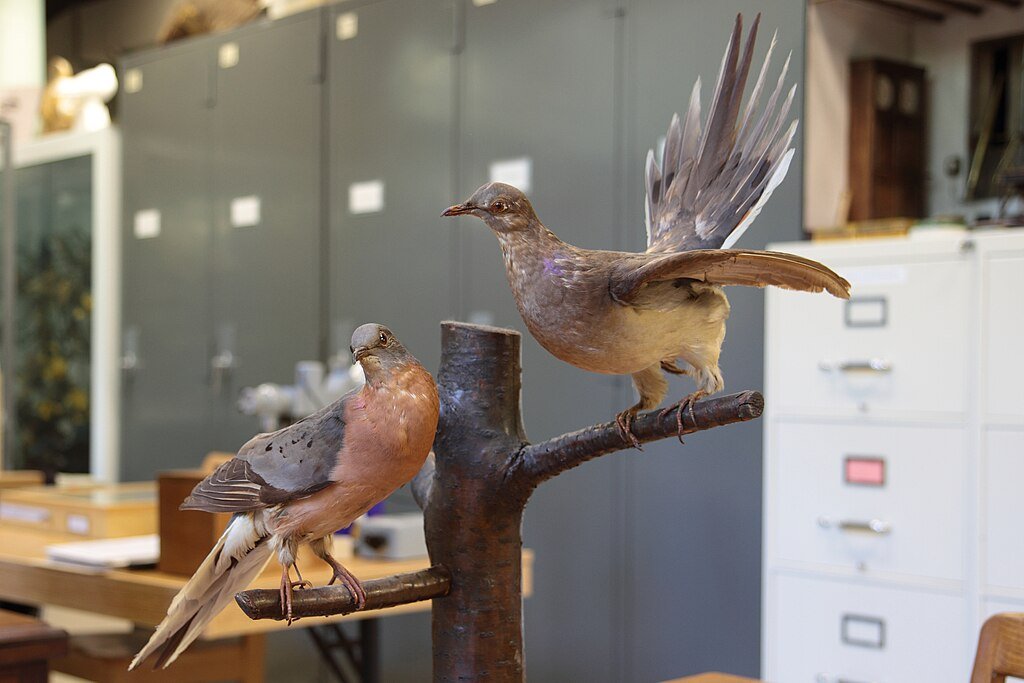
Once abundant in North America, the passenger pigeon was driven to extinction by overhunting and habitat destruction. This loss illustrates the catastrophic effects human activities can have on species populations and serves as a cautionary tale about the need for sustainable practices.
Evolutionary Adaptations: Lessons from Marine Creatures

Many extinct marine species, such as trilobites, demonstrate extraordinary evolutionary adaptations. Their diverse and specialized forms show how life can exploit various ecological niches in the oceans. Understanding these adaptations can inform conservation strategies for contemporary marine environments.
The Woolly Mammoth: Insights into Climate Adaptation
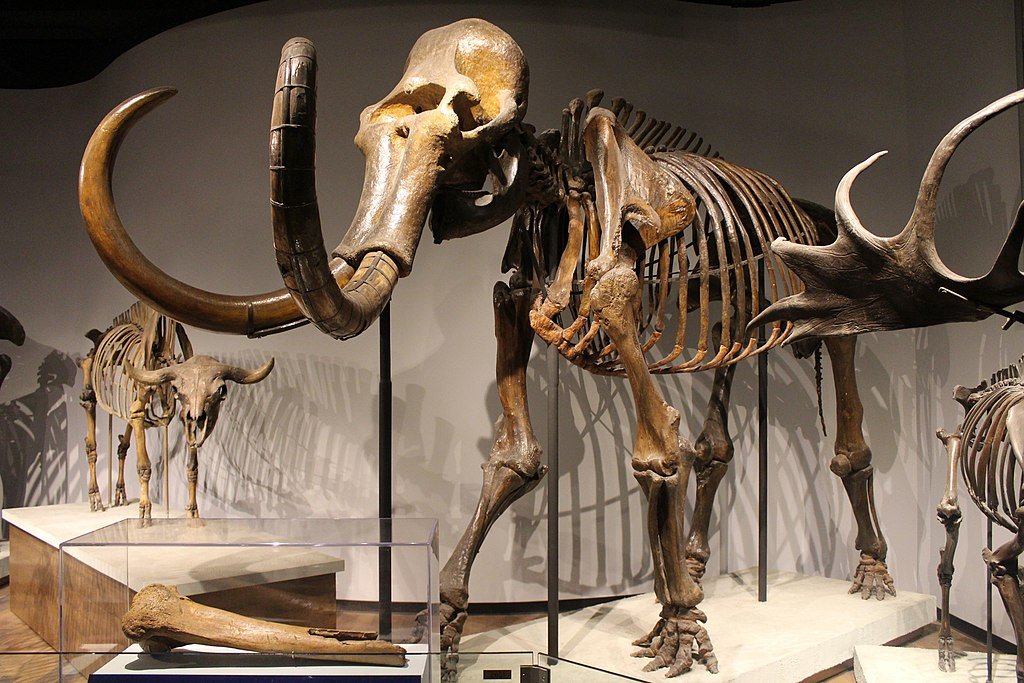
The woolly mammoth, which roamed during the last ice age, provides insights into adaptation to cold environments. Research suggests that these creatures developed specific physical traits to survive harsh climates, highlighting the importance of adaptability in changing ecosystems.
A Message from Megafauna: The Balance of Ecosystems
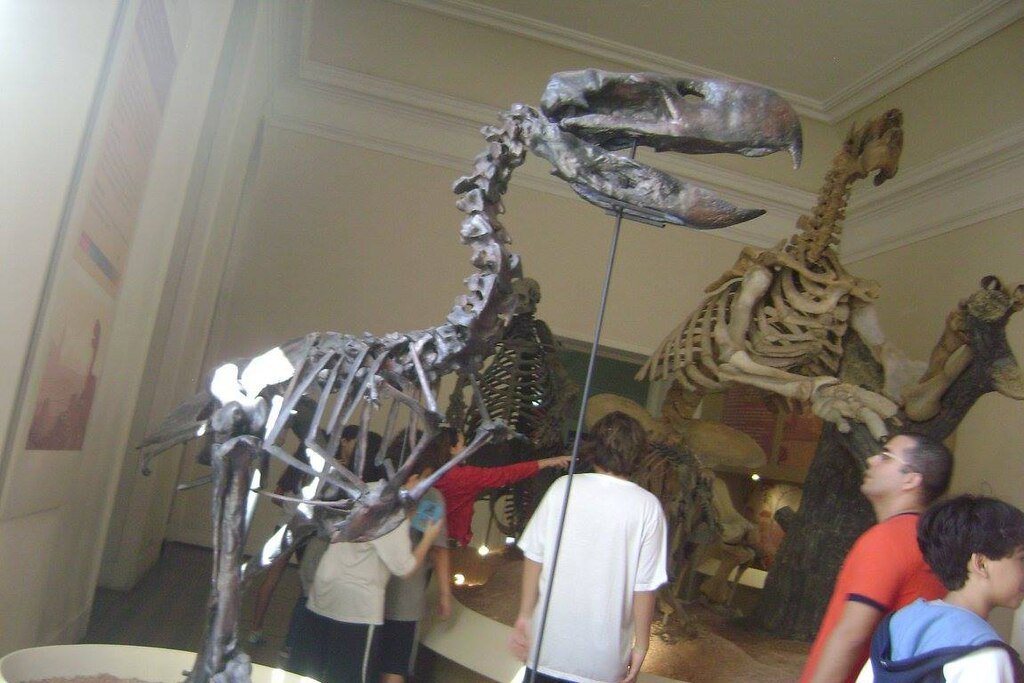
Extinct megafauna like the saber-toothed tiger and the giant ground sloth played crucial roles in their ecosystems as top predators and grazers. Their disappearance marks the importance of maintaining balanced ecosystems where every species has a role to play in sustaining environmental equilibrium.
The Archeopteryx: Transitionary Species and the Evolution of Flight
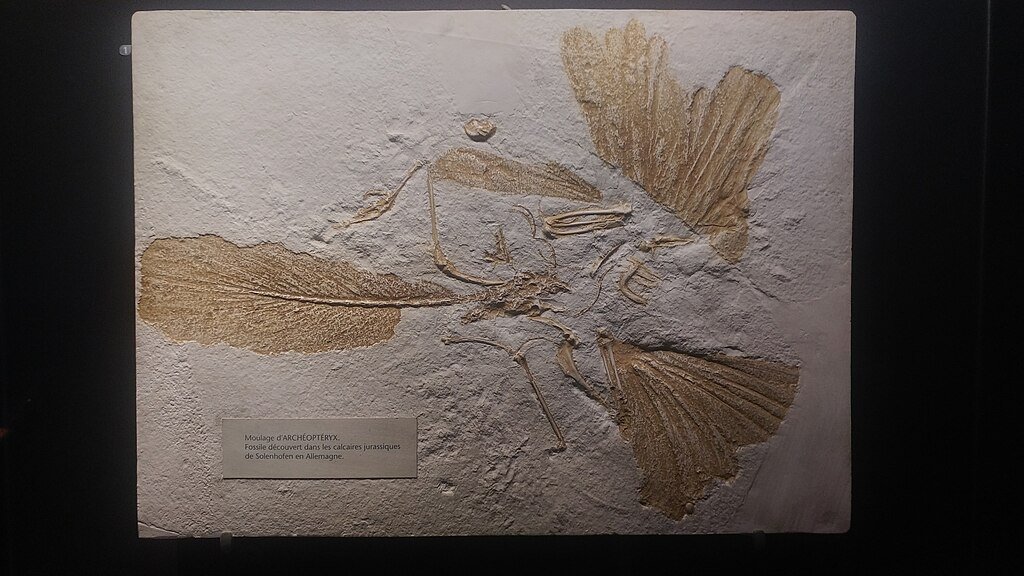
The discovery of Archeopteryx fossils has provided significant insights into the transition from dinosaurs to birds. This “missing link” highlights evolutionary innovations such as the development of feathers, which facilitated flight and opened new ecological possibilities for avian life.
The Short-Lived Cambrian Explosion: Lessons in Rapid Diversification
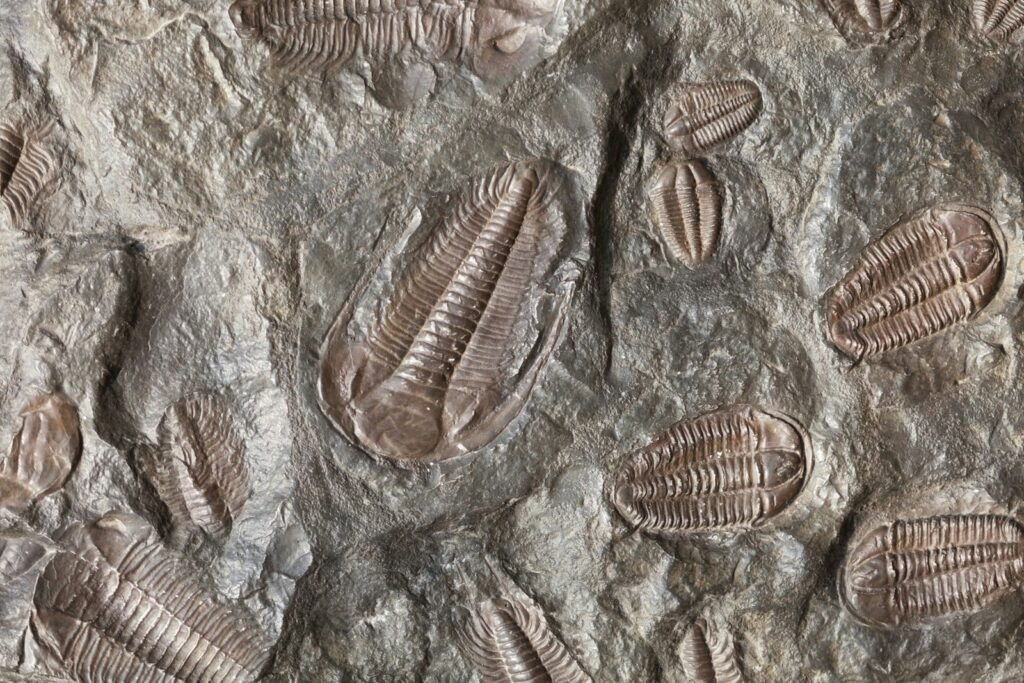
The Cambrian Explosion, a period of rapid diversification approximately 541 million years ago, saw a remarkable increase in biodiversity. This event showcases how favorable environmental conditions can lead to innovative adaptations and diversification within a relatively short time frame.
The Importance of Genetic Diversity

Extinct species remind us of the critical role genetic diversity plays in survival. A lack of genetic variation can make populations vulnerable to changes and disease. Preserving genetic diversity within current species is vital for resilience against environmental pressures.
Lessons for Modern Conservation

Studying extinct species helps shape modern conservation efforts by providing understanding of the intricate dynamics between species and their environments. These lessons guide strategies for protecting endangered species and restoring ecosystems today.
Embracing Technological Advances

Techniques such as de-extinction, which aims to bring back lost species using genetic technology, spark discussion about ethical and practical implications. These technologies highlight both the potential and complexity of conservation science in addressing modern challenges.
Adapting to Future Changes

As climate change and human impacts accelerate, the lessons learned from extinct species become crucial. By studying past extinctions, we can anticipate future challenges and improve our strategies to foster resilience in biodiversity and ecosystems.
Conclusion: Learning from the Past to Inform the Future
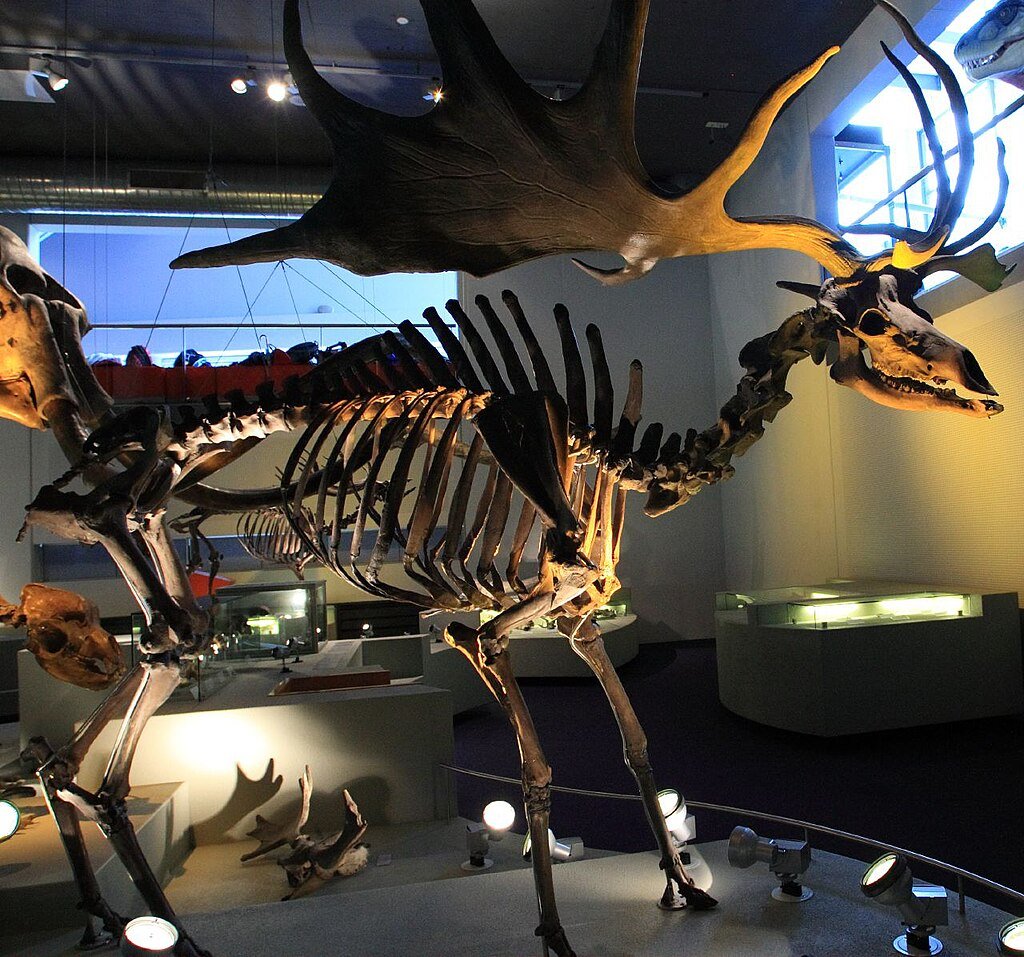
The stories of extinct species provide a rich tapestry of lessons about adaptation and survival. While these species may no longer walk the Earth, their legacy offers a guide for understanding and addressing current ecological challenges. By learning from the past, we can better protect the delicate web of life that sustains our planet and develop strategies aimed at ensuring a thriving future for all living organisms.

